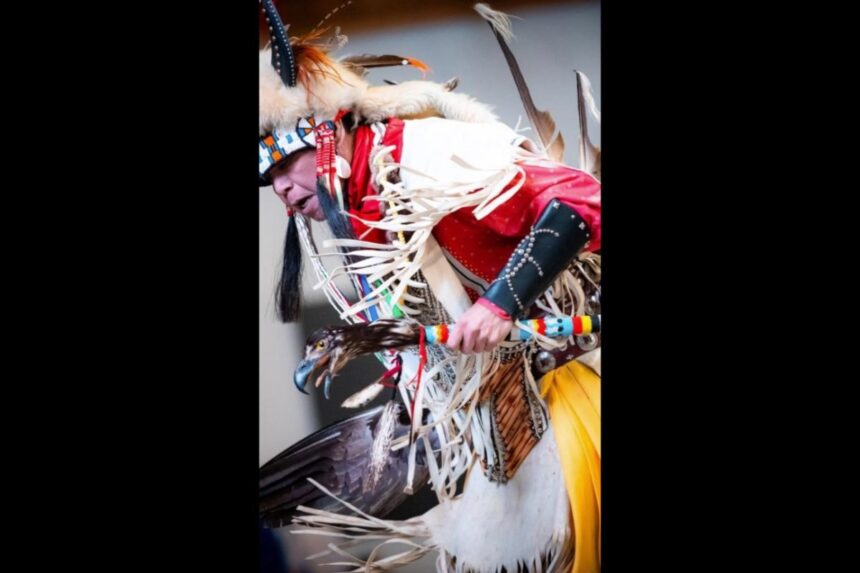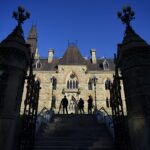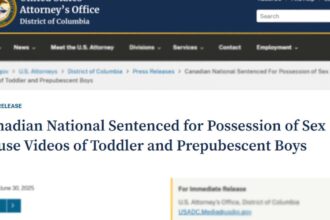In a bold move toward cultural inclusivity, Kelowna has launched an expansive public consultation process aimed at reshaping the city’s cultural landscape through its much-anticipated Cultural Plan. The initiative, which kicked off earlier this month, represents perhaps the most comprehensive effort in the Okanagan metropolis to ensure arts and heritage planning reflects the authentic voice of its increasingly diverse population.
“This isn’t just another municipal strategy document gathering dust on a shelf,” explains Christine McWillis, Cultural Services Manager for the City of Kelowna. “We’re creating a living roadmap that will guide cultural development in our community for years to come, and we can only do that by hearing from people of all backgrounds, ages, and experiences.”
The consultation process features multiple engagement pathways designed to reach Kelowna residents where they live, work, and play. Online surveys, focus groups, and community workshops have been strategically scheduled across various neighborhoods, with particular attention to removing barriers that might prevent participation from underrepresented groups.
What distinguishes this cultural planning effort is its deliberate focus on including voices that have historically been marginalized in civic planning processes. Indigenous perspectives, newcomer communities, youth voices, and seniors are all being actively sought to contribute to the vision of Kelowna’s cultural future.
“Culture isn’t just about galleries and theaters,” notes McWillis. “It encompasses everything from public art and creative industries to neighborhood character and cultural heritage. That’s why we need input from as many different people as possible.”
The timing of this cultural planning initiative aligns with Kelowna’s rapid transformation from a seasonal tourist destination to one of Canada’s fastest-growing urban centers. With this growth comes both opportunity and responsibility to preserve local identity while embracing new cultural influences.
Community reaction has been largely positive, with early participation numbers exceeding expectations. Local arts organizations have mobilized their networks to ensure strong representation, while neighborhood associations are hosting their own discussion sessions to feed into the larger planning process.
City officials emphasize that the final plan, expected to be presented to council in early 2025, will include concrete actions and measurable outcomes rather than vague aspirations. Priorities identified through the consultation will directly influence municipal funding decisions, infrastructure investments, and programming support across the cultural sector.
For residents who haven’t yet participated, multiple opportunities remain available through the city’s website and at upcoming community events. Officials stress that no expertise is required—just a willingness to share one’s perspective on what makes Kelowna culturally vibrant and what could make it even better.
As Kelowna continues to evolve at a rapid pace, how will this unprecedented cultural planning process reshape not just the arts landscape but the very identity of the Okanagan’s largest city? The answer may well depend on who shows up to have their voices heard.























